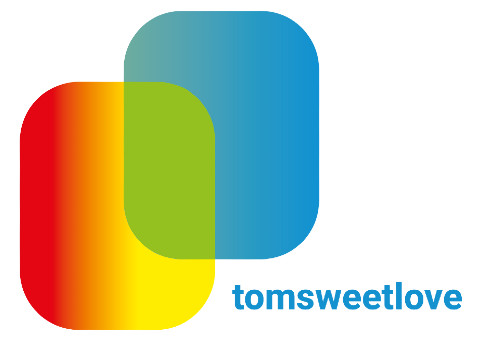Market research
Introduction by Eva Derous, Associate Professor Personal Psychology / HRM
To this day, Aisha still has to send out 50% more vacancies compared to An to have the same chance of getting a job interview. This is (partly) because practically all organisations (98%) use CV-screening as the first step of the selection procedure. Unfortunately, CV screening is very sensitive to discrimination. Professor Eva Derous explains why and what we can do to reduce labour market discrimination in three minutes in the video below.
What is the best method to use when researching discrimination?
Do you want to know where you stand today regarding diversity and inclusion in your organisation? Do you need a starting point (0 measurement) for your discrimination research? Find out what your pain points are and define what your actions will be. Consider one of the following three research methods.
3 Methods
- correspondence test
- vignette study
- qualitative study
3 methods explained
1) Correspondence test
In a correspondence test, fictitious CVs are sent to real existing vacancies with the objective of testing whether forms of discrimination occur in the application process. On the basis of a risk analysis made beforehand for a selected sector, we can see afterwards whether the expectations in terms of discrimination are actually present.
With such practical tests, you can compare whether a test and a control profile are treated equally or unequally. You can find out whether characteristics such as ethnicity, age or gender are being discriminated against or not.
Practice tests are divided into situation tests (where there is personal contact by phone or face to face) and correspondence tests (where there is no personal contact). In other words, correspondence tests imply that only correspondence (i.e. written or e-mail) is tested.
For the vacancies that are selected for the study, excap prepares these fictitious CVs itself and also provides the necessary accompanying motivations (letter or accompanying e-mail). If the profile of the fictitious applicant requires it, this approach is extended even further with the development of fictitious LinkedIn profiles and possibly even fictitious certificates (collaboration with Selor). Thanks to this preparation, a correspondence test is the only measuring instrument that can be considered scientifically reliable.
A discrimination study using correspondence tests at excap consists of four parts. In order to achieve the greatest impact, these components should preferably all be carried out.
- A risk analysis
- The execution of the correspondence tests
- The delivery of a management report with conclusions and recommendations
- The guidance in drawing up and rolling out an action plan
By standardising our approach, we ensure the quality level in each of the four phases.
2) Vignette study
A vignette study is an alternative method for mapping discrimination. This method is used more often when there are not enough vacancies to carry out correspondence tests.
In a vignette study, respondents react to descriptions of hypothetical situations. For example: “How would you rate this potential applicant as a candidate for this vacancy?”. Certain dimensions or characteristics of the hypothetical applicant are hereby varied in an experimental manner (such as gender, age, etc.).
Vignettes are thus used to describe hypothetical situations or persons in a controlled way and, through this description, to provide respondents with the information necessary to base their choice/expected behaviour on. The description is typically followed by questions on expected behaviour (often in the form of likert scales or checklists), which may also probe for the reasoning behind the expected behaviour.
These hypothetical scenarios are often presented in written form but video vignettes also exist.
Other names for vignette studies are factorial surveys, survey experiments etc.
Advantages
- Combines classic surveys with an experimental design
- More suitable for investigating underlying mechanisms of discrimination than correspondence tests
- Less sensitive to socially desirable answers than traditional surveys
- With informed consent from the participants
- Cheaper than correspondence tests
Disadvantages
- No consensus on external validity (scientificity). Is there a strong connection between discrimination measured in vignettes and actual discriminatory behaviour?
3) Qualitative research
A final way of mapping discrimination is by carrying out qualitative research.
Qualitative research in the form of interviews or focus groups is used more often in the rental market or labour market with the intention of gaining more and/or deeper insights.
Advantages
- Allows for nuanced, in-depth insights that are less possible with quantitative methods of measurement
Disadvantages
- Risk of socially desirable answers
- Difference in openness about sharing their attitudes (with interviewers) depending on the grounds for discrimination
- Difficult to identify trends over time
PARTNER
For those kind of researches, I partner up with excap. This research and consultancy agency has been market leader in mystery shopping and customer journey research in the Benelux for more than 17 years. They are especially focused on optimising customer and employee experiences for Top 500 companies such as Carrefour, Ikea, bpost, De Lijn, TEC, NMBS, Gamma, …
What’s in it for you?
Well, you have the best of both worlds, excap for the research part and myself for the consultancy in DE&I and the actionable roadmap afterwards.

